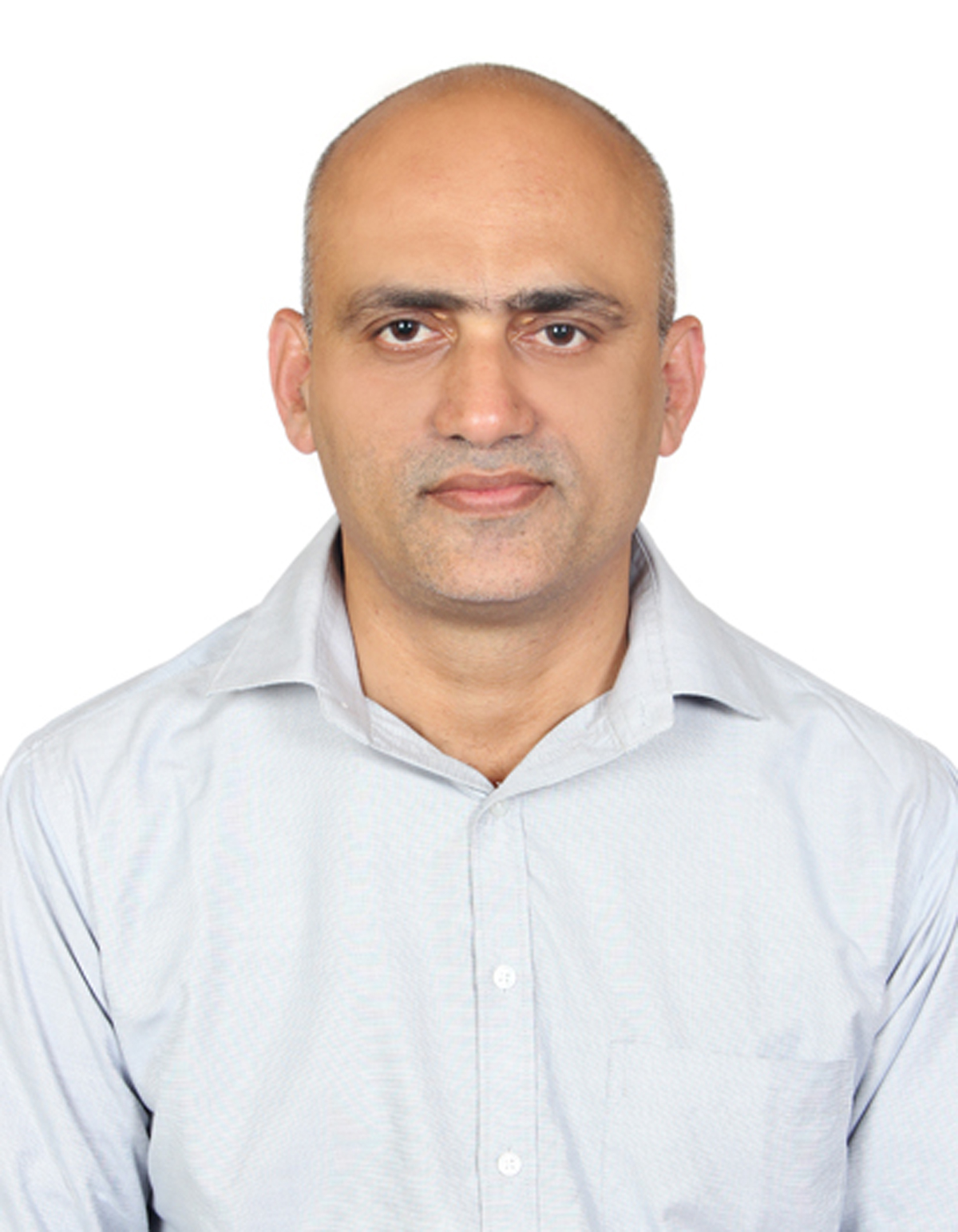“The lack of understanding around the scope and intent of Directive 2001/83/EC of the European Parliament is responsible for the existing debate and controversy concerning section 3(d) of the Indian Patent Act.”
 The landmark judgment of the Supreme Court of India in Novartis AG & Ors. .v. Union of India & Ors. AIR 2013 SC 1311, a case that dealt with the patenting of a polymorphic form of the anti-cancer drug Imatinib mesylate, created a furor at the international level, particularly within the pharmaceutical and drug discovery communities. This fear and confusion have only been exacerbated by subsequent decisions by Indian courts rejecting patents for a series of pharmaceutical substances. Most of these decisions centered on section 3(d) of the Indian Patent Act, which was introduced in 2005.
The landmark judgment of the Supreme Court of India in Novartis AG & Ors. .v. Union of India & Ors. AIR 2013 SC 1311, a case that dealt with the patenting of a polymorphic form of the anti-cancer drug Imatinib mesylate, created a furor at the international level, particularly within the pharmaceutical and drug discovery communities. This fear and confusion have only been exacerbated by subsequent decisions by Indian courts rejecting patents for a series of pharmaceutical substances. Most of these decisions centered on section 3(d) of the Indian Patent Act, which was introduced in 2005.
In the midst of these controversies, it has gone unnoticed that patented drugs are becoming more common at the commercial level in India. The country is slowly moving to an exclusive patent regime for new drug substances similar to that of major markets like the United States and Europe. Recognition of this trend has been obfuscated by the controversy over section 3(d).
An Unfounded Fear
The fear pharmaceutical companies are demonstrating around section 3(d) is misplaced and is due to a misunderstanding of the scope and meaning of this provision.
The controversial section 3(d) reads as follows:
The following are not inventions within the meaning of this Act:
(d) the mere discovery of a new form of a known substance which does not result in the enhancement of the known efficacy of that substance or the mere discovery of any new property or new use for a known substance or of the mere use of a known process, machine or apparatus unless such known process results in a new product or employs at least one new reactant.
Explanation: For the purposes of this clause, salts, esters, ethers, polymorphs, metabolites, pure form, particle size, isomers, mixtures of isomers, complexes, combinations and other derivatives of known substance shall be considered to be the same substance, unless they differ significantly in properties with regard to efficacy;
The Indian patent act does not define terms such as ‘enhancement of known efficacy;’ ‘derivatives;’ or ‘differ significantly in properties with regard to efficacy.’ The lack of definitions and guidance for these terms and the procedure for assessing ‘efficacy’ has led to an improper understanding of the substances that are eligible for patent protection.
Examining the Case Law
There was an opportunity to interpret section 3(d) by the Supreme Court of India in the Novartis v. Union of India case , but the outcome of the judgment was primarily confined to the term “efficacy.” This has led to many questions remaining unanswered and has kept the Pandora’s Box open.
Subsequent to the Supreme Court’s Novartis decision, various drug product patents have been denied under section 3(d) by the patent office and by the Intellectual Property Appellate Board (IPAB). These include enantiomer for Tofacitinib (Sep 2015); Enzalutamide, a derivative (Nov 2016); Epothilone B , a polymorph (Dec 2018); Tiotropium bromide, a polymorph (July 2015) at the patent office; and Valganciclovir, a prodrug (July 2015) and Lapatinib ditosylate salt (August 2013) by the IPAB. Currently, an opposition against Bedaquiline fumarate, a salt form (February 2019) is pending at the patent office.
The interpretation of section 3(d) by the patent office, IPAB, and Indian courts has primarily focused on direct evidence for the enhancement of known efficacy of the drugs—indirect evidence in terms of improved bioavailability has not been taken into consideration. These patent applications did not have direct evidence in support of enhanced known efficacy, and therefore, the patent offices and courts have not ventured to examine the other terms of section 3(d).
The number of different substances falling within the purview of section 3(d) is seemingly quite extensive, and the lack of proper interpretation of this section has led to the fate of patents for these substances being left in limbo.
A New Look at Section 3(d)
On a closer examination of this section, however, the category of substances falling within the purview of section 3(d) is arguably more limited than what has been feared.
The “explanation” appended to section 3(d) was essentially taken from the definition of “generic substances” given in the Directive 2001/83/EC of the European Parliament; therefore, a proper interpretation of section 3(d) requires an understanding of the scope and intent of the European Directive. The lack of understanding around the scope and intent of the Directive is responsible for the existing debate and controversy concerning section 3(d).
Part II, Annex 1 to Directive 2001/83/EC states that generic substances must also contain the same therapeutic moiety as the innovative substance. If that is not the case, the substance shall be considered a new active substance.
The scope of the Directive is to regard derivatives as generic substances; thus, derivatives differing in therapeutic moiety, possessing unknown efficacy, or either significant differences in enhanced or reduced known efficacy, are not considered generic substances under the Directive.
It would be a mistake to ignore the scope and intent behind the Directive to interpret the “explanation” and the overall scope of section 3(d). By applying the principles outlined in the Directive and Annex to that Directive, the definition for known substances under section 3(d) is limited to those substances that possess the same therapeutic moiety; substances that possess the same known efficacy; or substances that do not differ significantly in properties with regard to efficacy. But, how does one determine whether the substance differs significantly in properties with regard to efficacy? The draft “Reflection paper on considerations given to designation of a single stereo isomeric form (enantiomer), a complex, a derivative, or a different salt or ester as new active substance in relation to the relevant reference active substance,” comes to the rescue. The reflection paper lists what might constitute significant differences in safety and/or efficacy to justify a product as a new active substance. They include significant changes to the dosing frequency; meaningful changes to the overall efficacy; meaningful and clinically relevant changes that allow the product to be used in a wider patient population; or previously excluded sub-groups. Such circumstances could include shortened time for pain relief, decreased mortality etc.
Any attempt to limit the enhancement of efficacy of the substances only in terms of percentage over the efficacy of the previous substance may exclude all of the above situations with benefit to the patients; such a scenario would not have been intended by the legislature at the time the act was passed.
Bringing the Argument to Court
Thus, it would be wrong to presume that India is not in favor of allowing patents for incremental innovations of existing pharmaceutical substances. The controversy and confusion can be removed by interpreting section 3(d) in light of the European Directive and its allied guidance documents and arguing as much to the courts, IPAB and the patent office. Such an interpretation would greatly enhance the scope of new physical forms and new derivatives of existing pharmaceutical substances outside the purview of section 3(d), would help remove the ambiguity, and would lead to proper interpretation of section 3(d). Overall, patents for derivatives with a different therapeutic moiety and derivatives with a known therapeutic moiety but with unknown efficacy should be out of the purview of section 3(d) and thus eligible for patent protection. This line of reasoning is very likely to be accepted by the courts.

![[IPWatchdog Logo]](https://ipwatchdog.com/wp-content/themes/IPWatchdog%20-%202023/assets/images/temp/logo-small@2x.png)

![[Advertisement]](https://ipwatchdog.com/wp-content/uploads/2024/04/UnitedLex-May-2-2024-sidebar-700x500-1.jpg)
![[Advertisement]](https://ipwatchdog.com/wp-content/uploads/2024/04/Artificial-Intelligence-2024-REPLAY-sidebar-700x500-corrected.jpg)
![[Advertisement]](https://ipwatchdog.com/wp-content/uploads/2024/04/Patent-Litigation-Masters-2024-sidebar-700x500-1.jpg)

![[Advertisement]](https://ipwatchdog.com/wp-content/uploads/2021/12/WEBINAR-336-x-280-px.png)
![[Advertisement]](https://ipwatchdog.com/wp-content/uploads/2021/12/2021-Patent-Practice-on-Demand-recorded-Feb-2021-336-x-280.jpg)
![[Advertisement]](https://ipwatchdog.com/wp-content/uploads/2021/12/Ad-4-The-Invent-Patent-System™.png)






Join the Discussion
No comments yet.